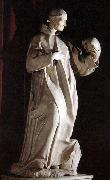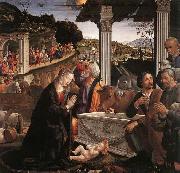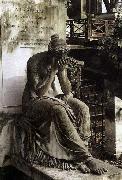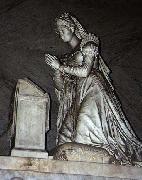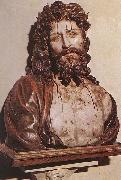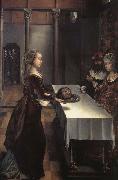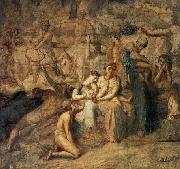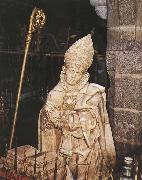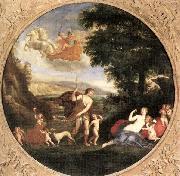Öl auf dem Segeltuch,das echte Aroma von alten Meistern
|
|||||||||
| Künstler: unknow artist | |||||||||

| |||||||||
|
|
|||||||||
|
|
|||||||||
| Künstler: Domenico Ghirlandaio | |||||||||

| |||||||||
|
|
|||||||||
|
|
|||||||||
| Künstler: unknow artist | |||||||||

| |||||||||
|
|
|||||||||
|
|
|||||||||
| Künstler: Domenico Ghirlandaio | |||||||||

| |||||||||
|
|
|||||||||
|
|
|||||||||
| Künstler: NOTKE, Bernt | |||||||||

| |||||||||
|
|
|||||||||
|
|
|||||||||
| Künstler: unknow artist | |||||||||

| |||||||||
|
|
|||||||||
|
|
|||||||||
| Künstler: unknow artist | |||||||||

| |||||||||
|
|
|||||||||
|
|
|||||||||
| Künstler: Francois Boucher | |||||||||

| |||||||||
|
|
|||||||||
|
|
|||||||||
| Künstler: Juan de Flandes | |||||||||

| |||||||||
|
|
|||||||||
|
|
|||||||||
| Künstler: Francois Boucher | |||||||||

| |||||||||
|
|
|||||||||
|
|
|||||||||
| Künstler: Johan Christian Dahl | |||||||||

| |||||||||
|
|
|||||||||
|
|
|||||||||
| Künstler: Theodore Chasseriau | |||||||||

| |||||||||
|
|
|||||||||
|
|
|||||||||
| Künstler: JUANES, Juan de | |||||||||

| |||||||||
|
|
|||||||||
|
|
|||||||||
| Künstler: unknow artist | |||||||||

| |||||||||
|
|
|||||||||
|
|
|||||||||
| Künstler: Juan de Flandes | |||||||||

| |||||||||
|
|
|||||||||
|
|
|||||||||
| Künstler: Francois Boucher | |||||||||

| |||||||||
|
|
|||||||||
|
|
|||||||||
| Künstler: Albani, Francesco | |||||||||

| |||||||||
|
|
|||||||||
|
|
|||||||||
| Künstler: Albani, Francesco | |||||||||

| |||||||||
|
|
|||||||||
|
|
|||||||||
| Künstler: Albani, Francesco | |||||||||

| |||||||||
|
|
|||||||||
|
|
|||||||||
| Künstler: WEYDEN, Goossen van der | |||||||||

| |||||||||
|
|
|||||||||
|
|
|||||||||
Gemälde:: Figuren






